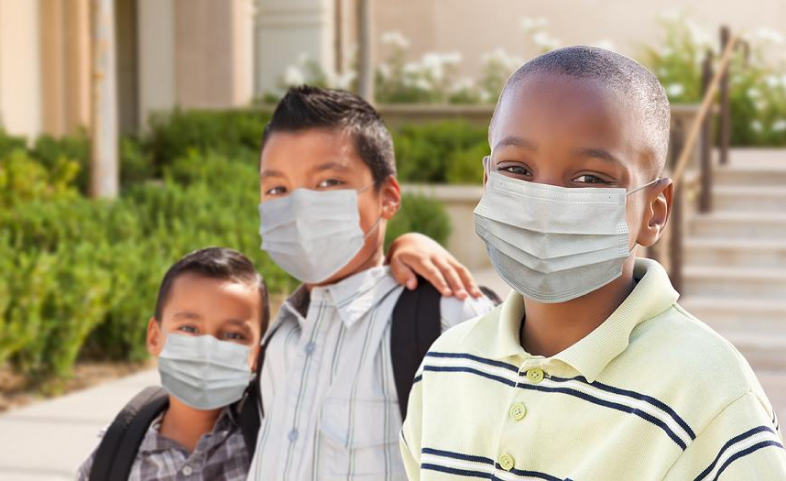
Covering School Board Meetings? Tips to Tackle the COVID-19, Critical Race Theory Culture Wars
Attending hyper-politicized school board meetings in this day and age requires much preparation.
Photo credit: Andy Dean Photography/Bigstock

Attending hyper-politicized school board meetings in this day and age requires much preparation.
Photo credit: Andy Dean Photography/Bigstock
Division over COVID-19 and racial justice is playing out in school board meetings across the country, turning typically sleepy gatherings into politicized and, at times, volatile events.
When meetings turn contentious, reporters need to take care to avoid amplifying misinformation, and provide context on key issues and the board’s authority.
Tensions lingering from months of virtual instruction have reignited as school boards decide if they should require masks or COVID-19 vaccinations, often pitting public health guidance against parents demanding choice.
Concerns about how students are learning about race add to already fraught public comment portions of meetings.
Board members’ spot at the center of a culture war has led to some giving up their seats, facing recall or dealing with harassment. Others are concerned if things could escalate in the runup to the 2022 elections, as political activists push their followers to run for local school board seats.
Journalists attending these meetings may find the need to plan ahead as much as possible. Here are four things to consider before covering a school board meeting.
Understanding how the school board works and who has influence is critical to fully and accurately reporting about board decisions.
Know the school board
Who has the power?
Who are the outside players?
School boards are encountering pushback and division especially around two issues: COVID-19 policies and critical race theory.
COVID-19
As the delta variant spreads, school boards are debating whether or not to require face masks and vaccines. Districts are also re-examining quarantine policies, as students quickly miss in-person class time due to potential COVID-19 exposure.
As of Sept. 10, at least seven states had banned districts from requiring masks, while 14 states plus Washington, D.C. and Puerto Rico had required them in schools, USA TODAY reported.
Guidance from the Centers for Disease Control and Prevention recommends that anyone inside a school building wear a mask, regardless of vaccination status. Districts, though, are facing parents who argue mask decisions should be made by parents.
Things to consider:
Critical race theory
Many school districts began racial equity efforts following 2020’s racial justice reckoning. Such programs quickly became politicized, being inaccurately dubbed “critical race theory.”
Critical race theory, or CRT, examines how institutions and systems, rather than individuals, perpetuate racial inequities. Opponents often believe critical race theory teaches students to see things solely on the basis of skin color, or that they should feel ashamed due to their race. That is not true, scholars have said.
Things to consider:
Think before reporting a claim made during a school board meeting. Is it true? Can you fact-check it? Label misinformation and share accurate information in the same paragraph. If possible, include a link to evidence.
Have links to reputable sources ready to share or use for quick fact-checks. The Johns Hopkins Coronavirus Resource is one example. Explainer pieces, like this one on critical race theory from Education Week, are also helpful to have.
“As far as covering charged meetings, it’s good to plan for as much as you can ahead of time since so much will be unexpected,” said Emily Bloch, the youth culture and education reporter for the Florida Times-Union.
Bloch has covered policy debates over mask mandates and critical race theory in a state frequently making national headlines for each.
Bloch recommended moving past quoting the loudest voices. Center those most impacted by the policies, especially students, she said.
Like Bloch, María Méndez covers K-12 education in a state with high-profile education policy decisions. Texas Gov. Greg Abbott previously banned mask mandates in the state, and Texas was one of the first to implement a law curbing what teachers can say about race. Abbott signed the law in June, and it went into effect on Sept. 1.
“I’ve found it helpful to stay calm, courteous and mostly just listen and ask questions to understand where people are coming from rather than focusing on and quoting the misinformation they may say,” said Méndez, who writes for The Austin American-Statesman.
Your post will be on the website shortly.
We will get back to you shortly